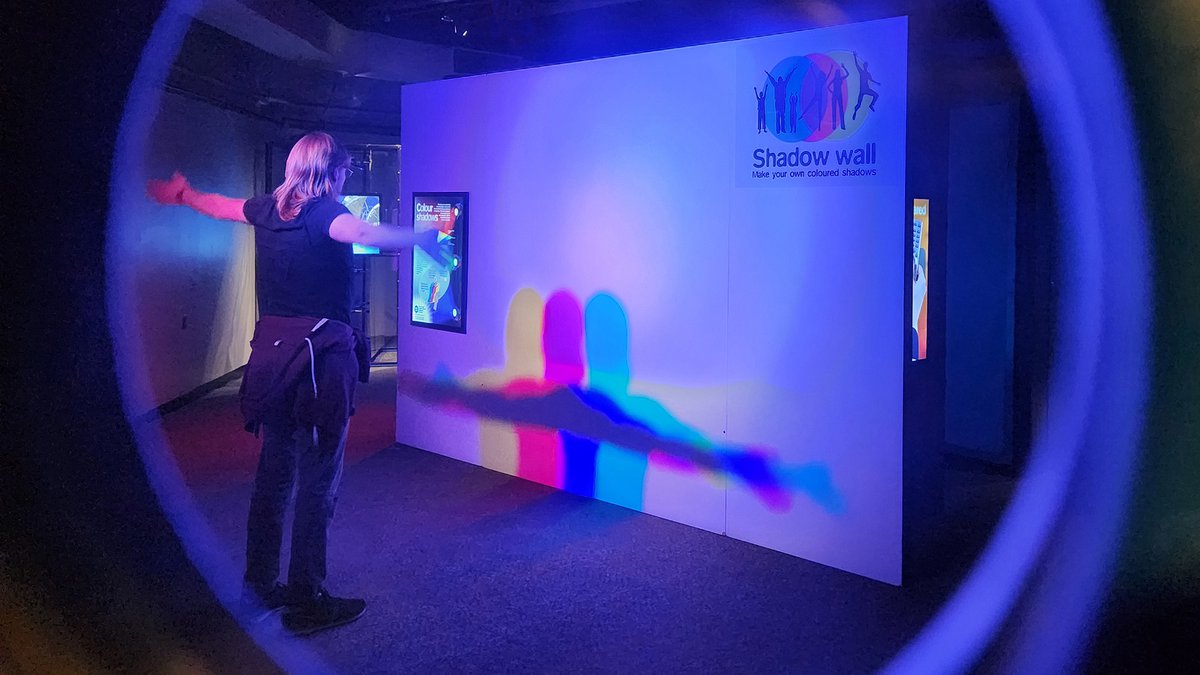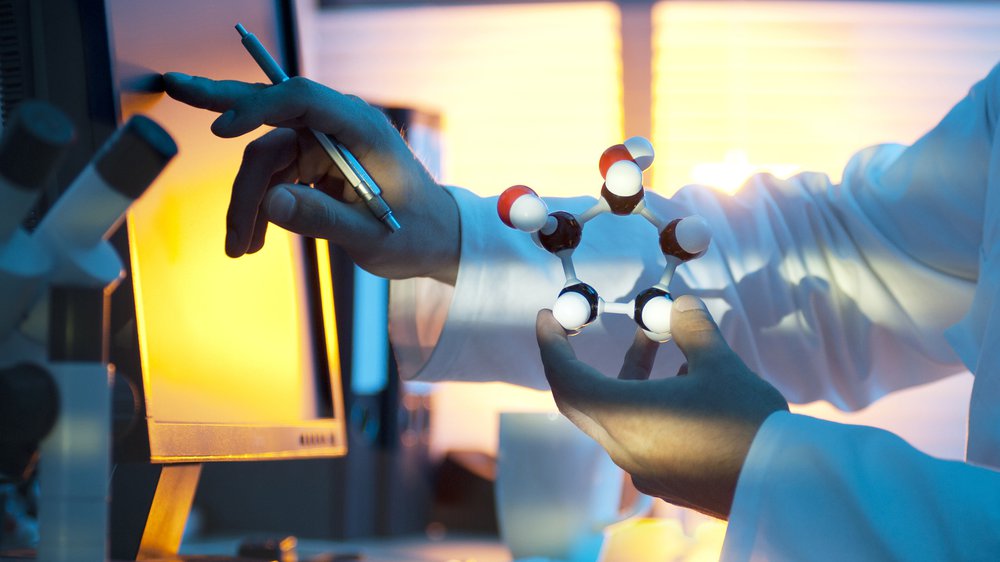Spotlight on Light Scientists
March is Women's History Month, a great time to highlight some women scientists. But, we can’t fit all the incredible contributions women have made to understand our universe or advance civilization in one small blog.
For today, let’s focus the spotlight on scientists who work with light in honor of our new touring exhibition Playing With Light. From telescope building to lasers, these four women have taught us quite a bit in the past 300 years. Maybe they will inspire you to also make a career in, well, playing with light!

Caroline Herschel (1750-1848)
Carline Herschel was the first woman to discover a comet in 1786. Her brother had taught her astronomy and math so she could assist him in his research, and she helped him build stronger telescopes, those nifty tools that manipulate light so items far away in the night sky appear bigger.
Herschel would go on to identify seven more comets, 560 stars and 2,500 nebulae during her career. She became an honorary member of the UK’s Royal Astronomical Society. This was an especially unique achievement since it was made up of only men at the time.
Mary Elliot Hill (1907-1969)
Mary Elliot Hill figured out how the properties of ultraviolet light and chemical compounds could be used to precisely track certain chemical reactions. She attended Virginia State University in Petersburg for her undergraduate degree in chemistry, and became one of the first African American women to earn a master’s degree in chemistry.
Hill focused her research on analyzing reactions of ketone (an acid created when your body burns fat), which was a particularly difficult type of reaction to study at the time. Thanks to her foundational work, future chemists were able to reliably study ketones in more complicated reactions, leading to the creation of one of the most versatile materials today: plastic.

Dorothy Hodgkins (1910-1994)
Dr. Dorothy Hodgkins discovered the crystalline structure of important but complex biological compounds using x-rays. As x-rays pass through a molecule of interest, image patterns based on the structure and properties of that molecule can be captured. Using these clues and mathematical calculations, Hodgkins famously discovered the structure of the antibiotic penicillin, vitamin B12 and insulin. She won the Chemistry Nobel Prize in 1964.
Hodgkins made these amazing scientific contributions all while managing rheumatoid arthritis throughout her career, which made daily tasks, let alone operating the machinery used in her research, very painful.
Lene Hau (1953-)
Dr. Lene Hau figured out how to make light, the fastest thing in the universe, travel at the speed of a bicycle. Then she made light come to a complete stop. Originally from Denmark, Hau currently lives in the United States and works at Harvard’s physics department.
Hau shined a long laser beam of light into a very cold vapor made of sodium gas under very specific conditions. This worked to slow down light until it stopped. Currently, her research lab is studying many other properties of light and their effect on the physical world in processes like photosynthesis. Her lasting impact in our understanding and application of light is still being written.
There you go: four of the many talented and inspirational scientists who’ve helped illuminate our world! Explore the properties of light for yourself in Playing With Light, open until August 20, 2023.


